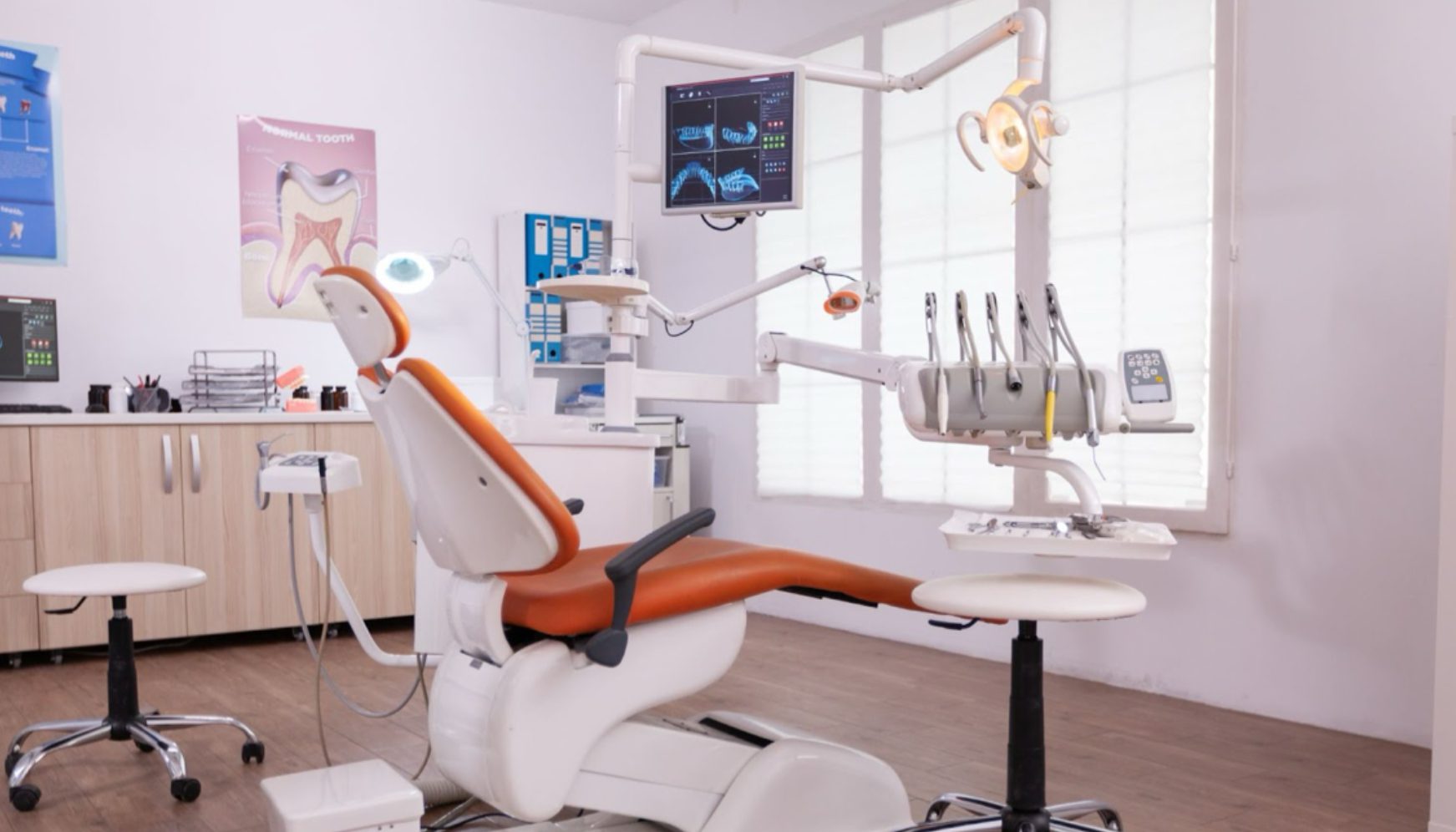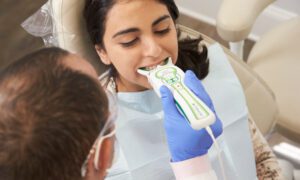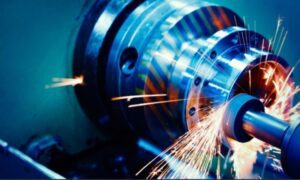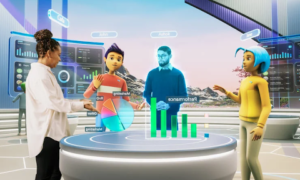Modern dentistry in the UK is changing rapidly thanks to new technology. From digital scans to 3D printing and artificial intelligence, dental care today is faster, safer, and more accurate than ever before.
Treatments that once took weeks can now be planned and completed with precision in a fraction of the time.
In particular, dental implants and clear aligner systems like Invisalign have seen huge improvements through the use of digital tools. These advances are helping dentists deliver better results while giving patients a more comfortable and confident experience.
Technology in Modern Dental Implants
Technology has transformed the way dental implants are planned and placed in the UK. Dentists such as Elegance Dental now use 3D imaging, such as cone beam computed tomography (CBCT), to view a patient’s jawbone and nerves in great detail before surgery.
This allows them to plan implant positions digitally and design precise surgical guides using 3D printers. These guides help ensure that implants are placed at the perfect depth and angle, reducing risk and speeding up recovery.
Artificial intelligence is also being used to analyse scans and assess bone quality, helping dentists predict success rates before surgery begins.
Studies show that around 56% of dental clinics now use 3D radiography, and many rely on digital planning software as part of their implant workflow. This level of accuracy means fewer complications, faster treatment, and better comfort for patients.
Digital Design and Patient Comfort
Digital workflows have changed how dentists create crowns, bridges, and implant restorations. Instead of taking traditional impressions with messy putty, many practices now use intra-oral scanners to take digital impressions in minutes.
The digital models can be sent directly to the lab or used in-house with computer-aided design and manufacturing (CAD/CAM) systems.
This approach is more comfortable for patients and often twice as fast as older methods. Research shows that using digital impressions can reduce remakes by up to 50%, saving both time and cost.
Dentists can also show patients realistic 3D models of their treatment plans on screen, helping them understand what the final result will look like. It builds trust and allows patients to feel more involved in their care.
Clear Aligners and Invisalign Technology
Orthodontic treatments such as Invisalign rely heavily on digital technology. Every Invisalign case begins with a 3D scan of the patient’s teeth.
Special software then predicts how teeth will move over time and produces a sequence of clear aligners that guide them into the desired position. Each aligner is custom-made using advanced 3D printing and laser-cutting processes.
This method is not only more discreet than metal braces but also more efficient. Patients typically have fewer appointments, as progress can be monitored remotely using smartphone apps and photo uploads.
Invisalign has now treated over 17 million smiles worldwide, and about 80% of UK orthodontists report using clear aligner systems in their practices. These numbers highlight how quickly digital orthodontics has become part of mainstream dentistry.
Remote monitoring tools also mean that dentists can check progress online between visits. This is especially useful for busy adults or students who cannot attend frequent appointments. The result is more flexible, convenient care with accurate outcomes.
The Future of Digital Dentistry
Across the UK, more than half of dental practices now use 3D imaging and nearly half use digital impression systems. The move towards full digital workflows is expected to continue as technology becomes more affordable and user-friendly.
For dental implants, clear aligners, and general treatment planning, digital tools offer faster, safer, and more predictable results. Patients benefit from less invasive procedures, reduced chair time, and better-looking outcomes. As digital innovation continues to evolve, it is clear that technology is not just assisting dentists — it is reshaping the future of modern dental care.



































